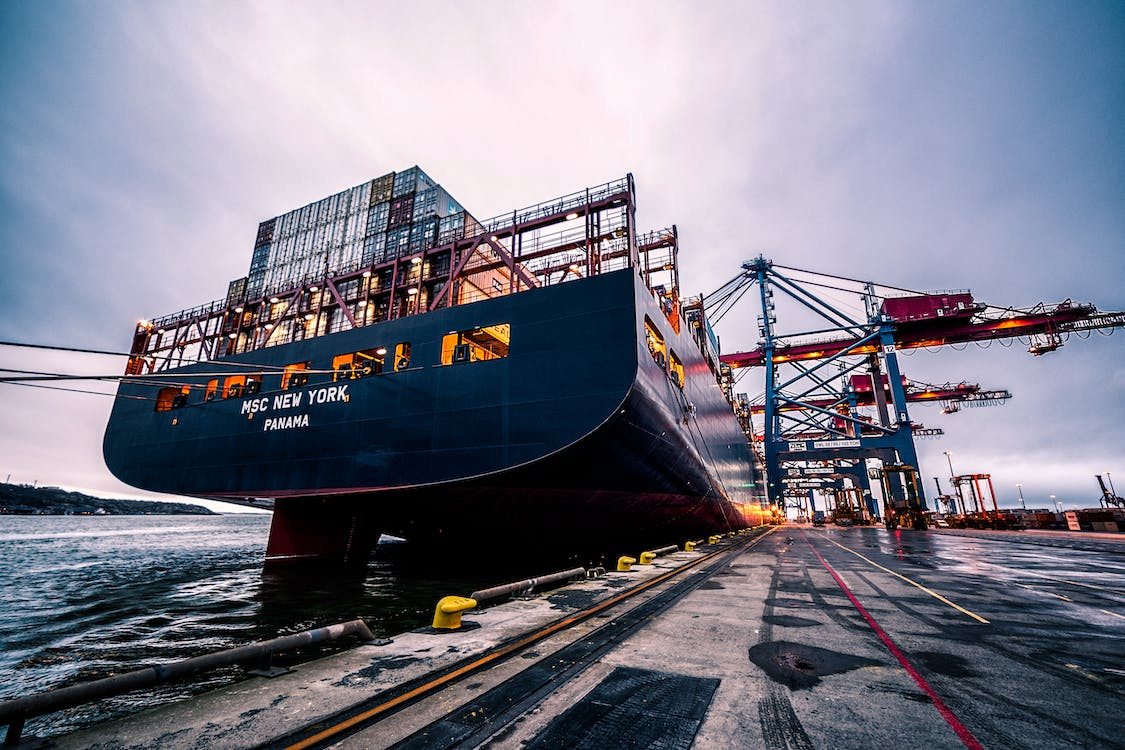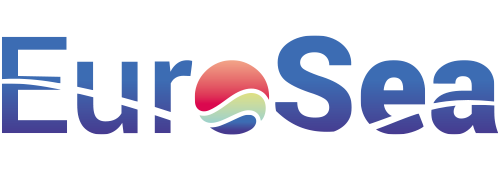
Description
Co-designing involves a collaborative approach where multiple stakeholders, including the end-users, are actively involved in the design process to create products or solutions. In the context of port/harbour operation products, co-design would entail close collaboration between maritime professionals, port authorities, technology providers, and other relevant stakeholders.
Impact During the Project
Tailored Solutions for Specific Port/Harbour Needs:
Traditional State: Historically, port and harbour operational products might have been designed in a more top- down manner, with manufacturers or technology providers dictating the features and functionalities based on generalized assumptions about port needs.Advancement: The co-design approach flips this model, ensuring that the actual users (port authorities, maritime professionals) have a significant say in the design process. This results in operational products that are more aligned with the specific challenges, needs, and nuances of individual ports or harbours.
Impact Post Project
Enhanced User Acceptance and Operational Efficiency:
Traditional State: Standard operational products might have faced resistance from end-users due to a mismatch between the product’s functionalities and the port’s actual requirements. This could lead to underutilization of the product or the need for significant adjustments post-purchase.
Advancement: By involving end-users in the design process, there’s a higher likelihood that the final product will be readily accepted and integrated into daily operations. This not only boosts operational efficiency but can also lead to cost savings, as there’s less need for post-deployment modifications or training.
Advancement over and above State of the Art
The co-design approach for port/harbour operation products represents a significant departure from traditional design methodologies. By prioritizing collaboration and user input, it ensures that the final products are not only technologically advanced but also contextually relevant. Such products cater directly to the unique challenges faced by individual ports or harbours, leading to better operational outcomes. This methodology, though more time-intensive, promises a higher return on investment and user satisfaction in the long run, positioning it as a progressive step in maritime product design.
Links and References
Link to D6.4 – Linking oceanographic products to fisheries advice: Due at the end of the project
